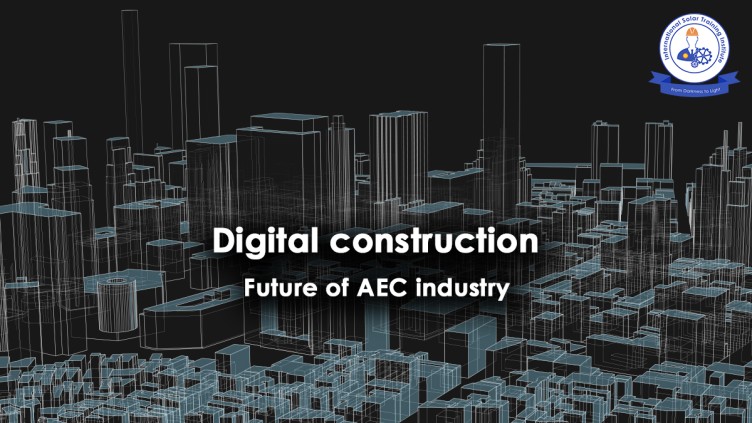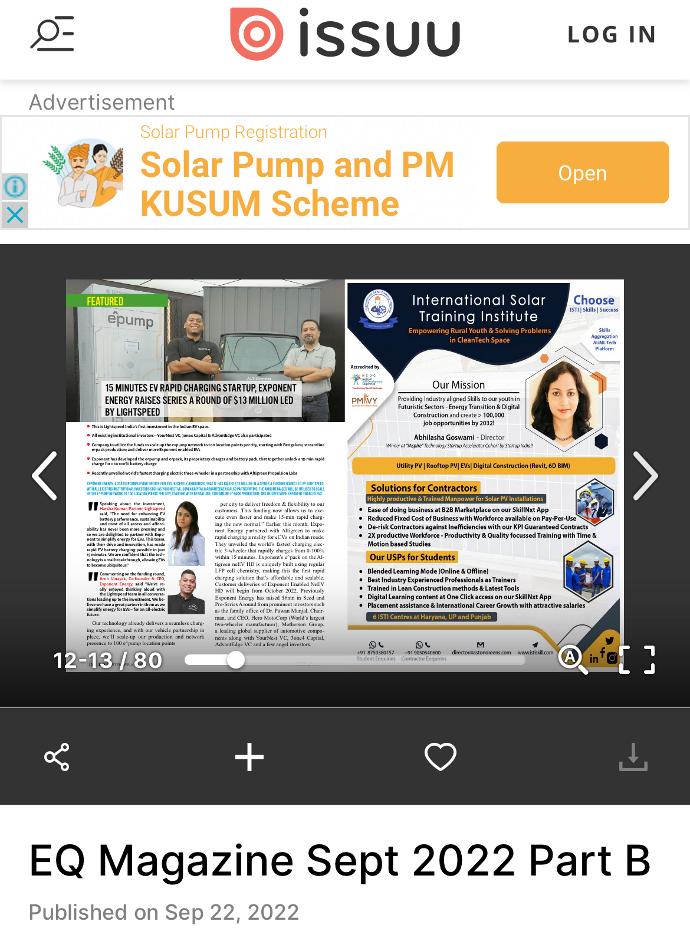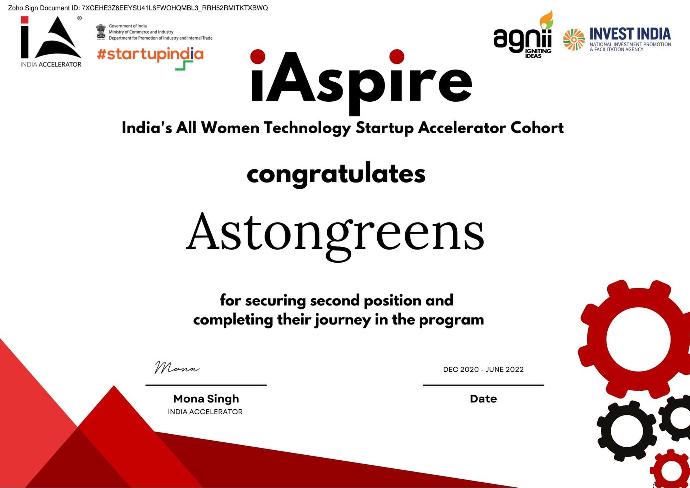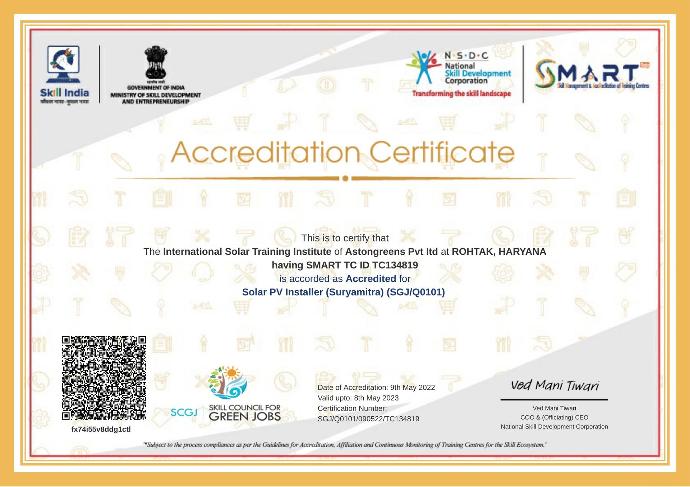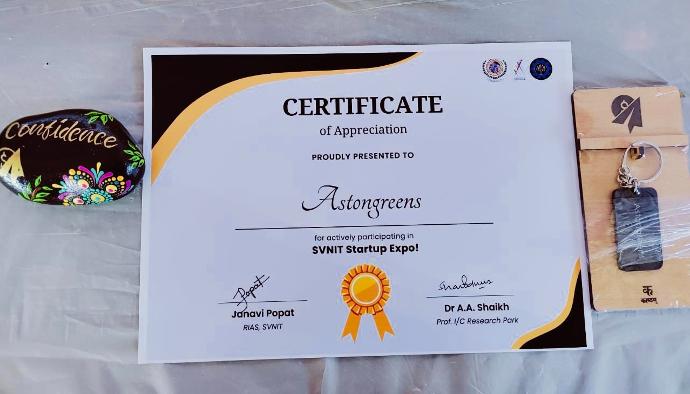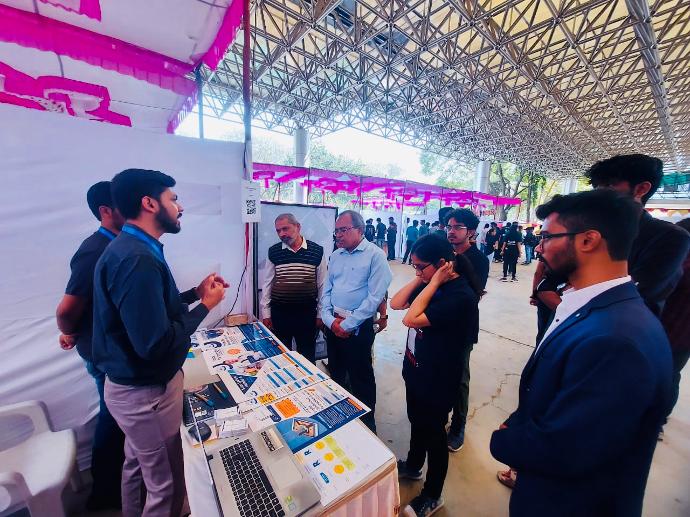One of the largest industries in the world economy, contributing significantly to GDP, is construction. The industry has traditionally placed a high priority on sluggish, incremental advancements. But this is no longer sufficient. Projects are getting bigger and more complicated. The rising need for projects to get completed on time and under budget, more productivity, and environmentally responsible construction necessitates changes to traditional methods. The lack of technological know-how and qualified resources will only get worse. These are complicated issues that call for fresh ways of thinking and doing.
In order to meet the growing need for assets to be created, operated, built to a standard, and maintained more rapidly, at lower cost, and with less risk, the architecture, engineering, and construction (AEC) industry is faced with formidable obstacles. However, the construction sector has been slow to implement processes and technological advancements that could improve its performance in terms of value and growth, despite sluggish productivity growth and low financial returns.
To tackle all these challenges in the construction industry let's understand some of the technology or process which will be greatly beneficial.
The AEC industry could adapt in 4 different ways:
1. 6D BIM – Digital Construction
6D BIM is a six-dimensional representation of digital construction for a project. This workflow process uses the BIM which stands for Building Information Modelling. BIM is a process to build a virtual environment of physical assets enriched with data and information about assets. 6D BIM includes various dimensions of BIM from 3D data enriched geometry, 4D time-based simulation, 5D which includes cost element, and finally 6D which includes facility management of assets. The intuitive, visual nature of 6D BIM helps designers, contractors, and all stakeholders to identify hazards earlier and make better decisions. To learn more about digital construction or BIM courses you can connect with us.
2. Scan to BIM
LiDAR is a 3D remote sensing technology that uses pulses of light to measure and record objects from a distance. LiDAR data is most commonly referred to as a “point cloud”. Project delays and cost overruns are frequently caused by environmental uncertainties. LiDAR technology delivers high-quality 3-D images and is significantly faster than older technologies, allowing it to be coupled with project-planning and visualizing processes like building information modeling (BIM) & virtual design & construction (VDC). Scan to BIM is highly used for the Operation & Maintenance stage of the project life cycle and is associates with BIM using LOD 500. Many of the clients and industry have realized the potential of transforming the built assets into the digital platforms using scan to bim.
3. Digital Collaboration
A common data environment (CDE) is a tool or platform where all the stakeholders of the projects are connected through digital collaborations. Digital collaboration is a most important tool for construction projects as it offers a common source of truth, visibility, effective data management, and many more advantages. Using CDE platforms can reduce project risk and cost by around 20%. Huge businesses are creating a field supervision platform for large projects that is cloud-based, mobile-enabled, and integrates project planning, engineering, physical control, budgeting, and document management.
4. Industry 4.0 Technology
State-of-the-art technology such as Virtual Reality (VR), Augmented Reality (AR), Internet of Things (IOT), Computational Design (CD), AI-ML, and more are now complemented with the construction tools and processes to achieve next-level benefits for the construction projects. This technology helps in better decision-making during the entire project lifecycle reducing the hours and time. The future of construction is coming faster than we expect and these technologies are upgrading at exponential rates to support our AEC industry.
There is a real need for the AEC industry to change its workflows from traditional to digital construction. All these four ways are already being adopted in some of the developing nations and their implementation is slowly giving value addition in the industry. To cope with all these changes AEC industry professionals need to learn and acquire BIM and VDC skills. We at ISTI are focused to educate the young generations about digital construction and bring the new digital revolution to the industry.
Click the Link & fill out the form: https://lnkd.in/dCV3rbXB & enroll now!
